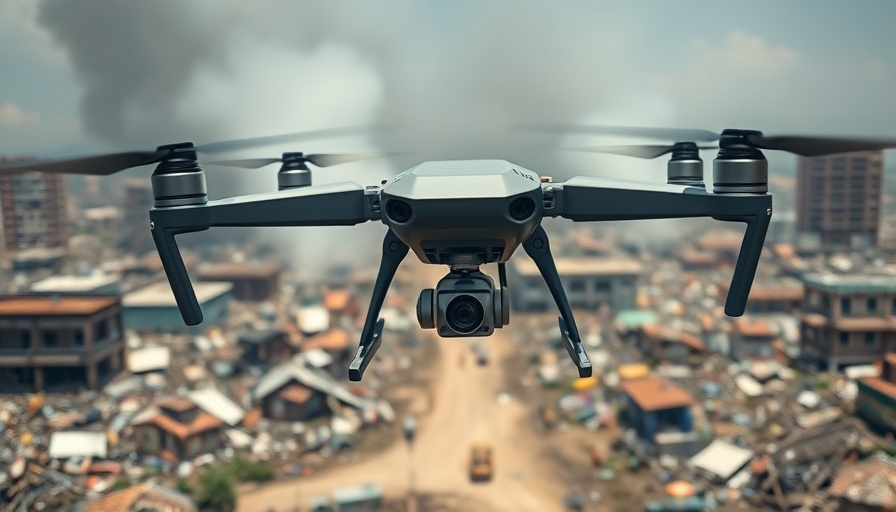
The Growing Role of Drones in Disaster Recovery
As technology continues to evolve, the use of drones for disaster recovery is becoming increasingly critical. Airborne Response's recent contracts with two electric utilities in Florida underscore this trend, highlighting how these unmanned aerial systems (UAS) are transforming how we assess and respond to storm damage.
Meeting the Needs of Florida's Utility Companies
Florida utility companies have historically faced challenges during hurricane season. This year, while there have been no major storms so far, the expansion of drone services is timely as many anticipate increased storm activity. Airborne Response’s founder, Christopher Todd, explained that smaller utility providers are beginning to recognize the benefits of drone technology for monitoring and maintaining infrastructure. These contracts illustrate a shifting mindset within mid-sized utilities eager to leverage advanced technology to expedite power restoration, particularly as climate change leads to improved predictions of more active hurricane seasons.
Benefits of Drone Inspections for Utilities
Utilizing drones for disaster recovery offers numerous advantages over traditional inspection methods. Drones can quickly capture aerial imagery, allowing for a rapid assessment of power grid infrastructure after a storm.
This means that restoration teams can identify critical damage points efficiently, potentially saving valuable time and resources during disaster recovery operations. The speed at which data can be processed increases operational efficiency, which can be crucial when storms threaten areas serviced by these utilities.
Regulatory Compliance and Safety Concerns
With the introduction of new utility contracts, Airborne Response is adhering to Florida's regulatory policies, particularly concerning drone usage. Only UAS that comply with compliance mandates regarding foreign manufacturers are permitted in government-related contracts. This focus on safety and regulatory adherence is paramount as it helps ensure that technology can be utilized without compromising national security.
Future Insights and Trends
The integration of drones into disaster response planning is likely to expand, highlighting a broader trend within the energy sector. As climate change drives extreme weather patterns, utilities may increasingly depend on aerial assessments for both pre-emptive action and post-event recovery.
In light of current predictions of an above-average hurricane season, technologies that streamline recovery efforts could become game-changers for how utilities manage their resources. The future could see more partnerships between drone service companies and utilities, marking a new era in disaster management.
Final Thoughts
Airborne Response’s latest endeavor not only represents a significant step for the company but also reflects a broader shift in how technology is being utilized to safeguard public infrastructure. As we navigate an era of increasing environmental unpredictability, such innovations hold the promise of making disaster responses quicker, safer, and more efficient.
 Add Row
Add Row  Add
Add 




Write A Comment